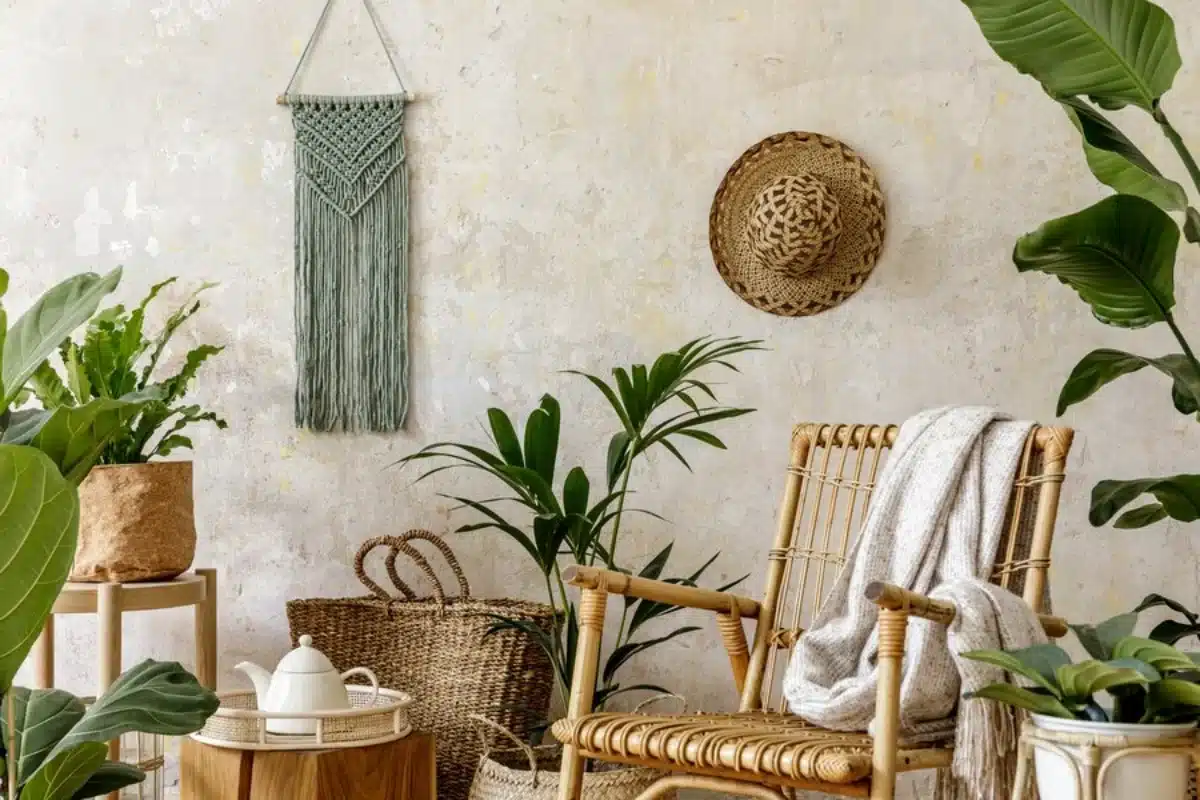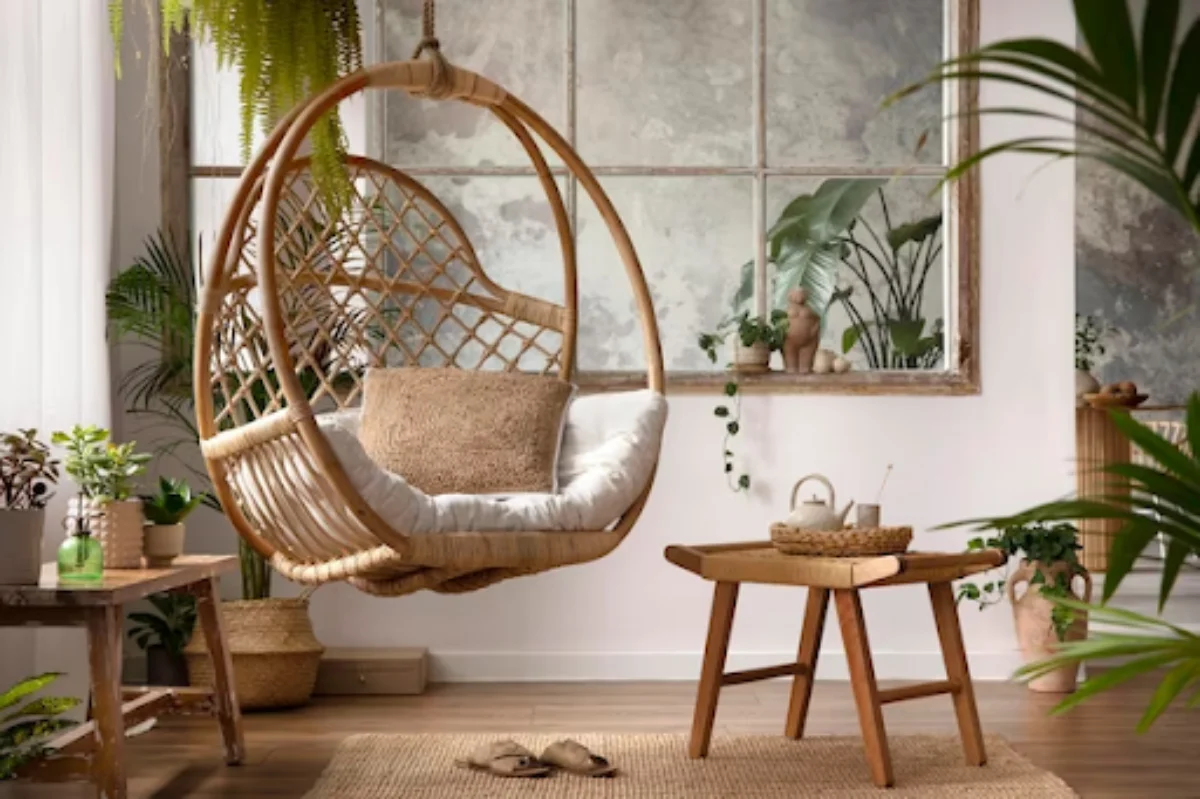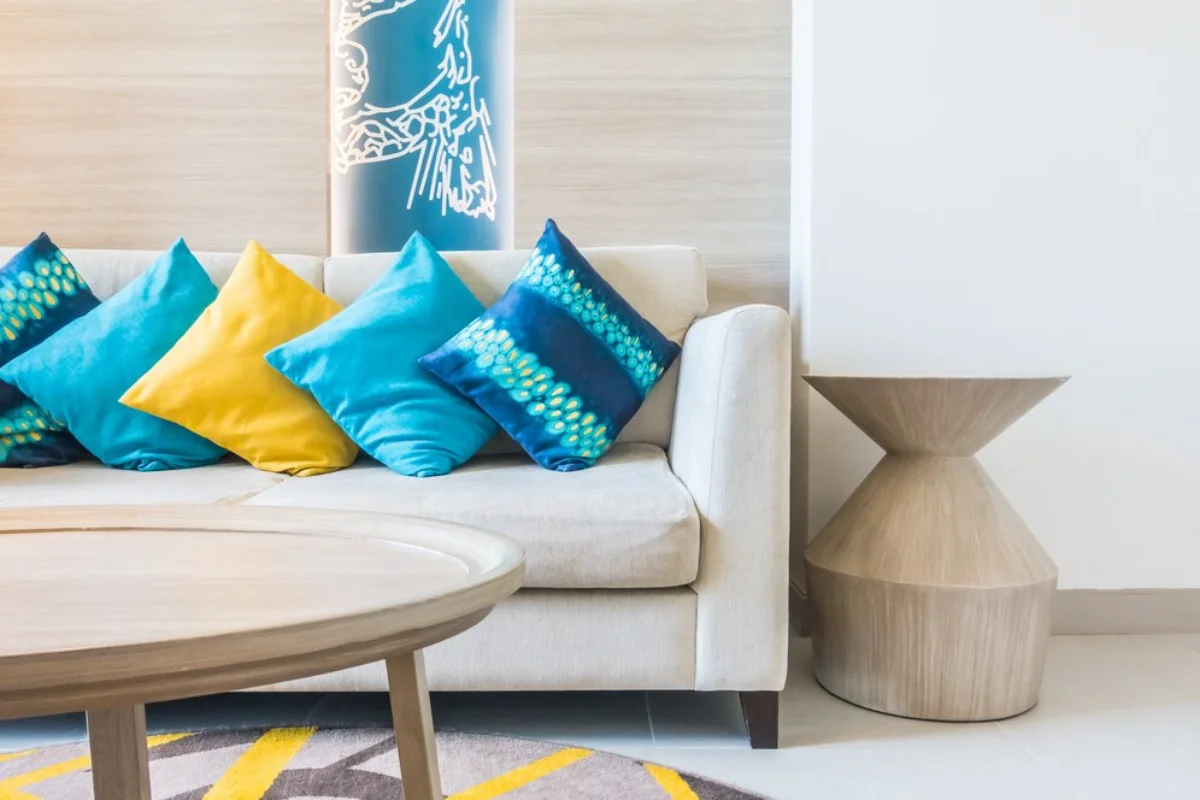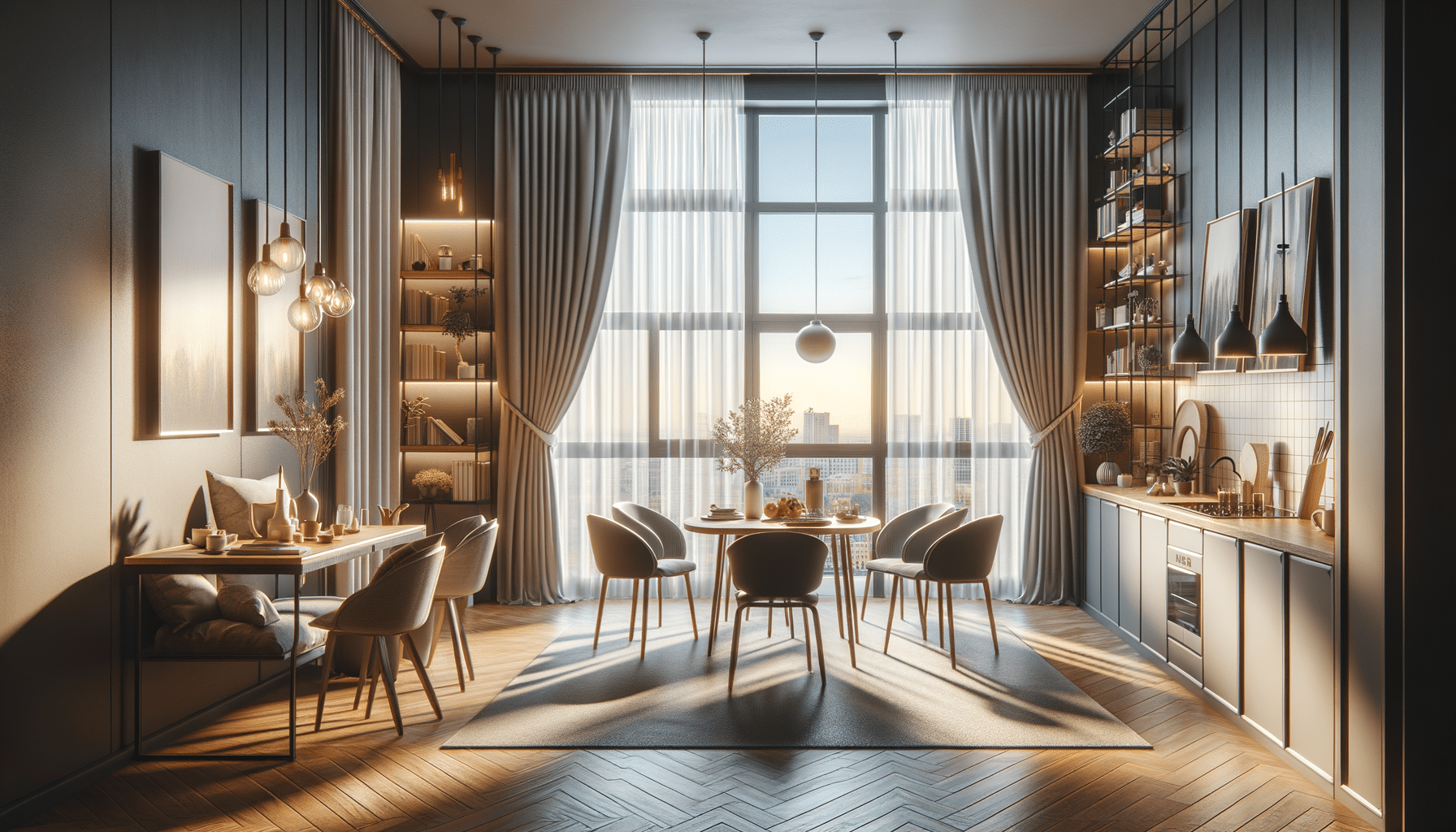
The Best Sustainable Materials for Minimalist Interiors
Today, stylish and sustainable home design is vital. Sustainable home materials reduce environmental impact and enhance the durability of your space. When paired with minimalist principles, these materials create beautiful and eco-friendly interiors.
Eco-conscious furniture promotes responsible consumption, cuts waste, and emphasises durability. Looking for the best materials for minimalism? This guide shows key sustainable options to make your home a calm, green space.

Sustainable Minimalism Principles in Interiors
Get to the heart of eco-minimalism before selecting materials:
- Less is More – Choose materials that are good-quality, durable & long-lasting rather than excessive decor.
- Natural & Recycled Materials – Choose eco-friendly choices with a small carbon imprint.
- Energy Efficiency — Incorporate materials that enhance insulation and conserve energy.
- Conscious Consumption – Buy ethically produced, biodegradable or recycled materials.
- Nontoxic & Low-Impact – Select paints, finishes, and fabrics without harmful chemicals.
These principles will help you highlight eco-friendly furniture and show your commitment to sustainability.

Sustainable Materials for Minimalist Interiors
What resources we choose are central to creating sustainability in our homes. They reduce waste, increase energy efficiency, and promote a cleaner indoor climate.
The Best Materials for Minimalism:
- Bamboo is a rapidly renewable resource for flooring, furniture, and cabinetry.
- Reclaimed Wood – Minimizes deforestation and enhances the look of furniture and walls.
- Recycled Metal & Glass – Long-lasting and versatile for fixtures, countertops, and decor.
- Organic Cotton & Linen — Sustainable textiles for upholstery, curtains and bedding.
- Cork – Biodegradable material used for flooring and wall panels.
- Clay & Earthen Plaster – Non-toxic wall finishes that improve indoor air quality.
- Hempcrete – A lightweight, energy-efficient alternative to concrete.
These materials match eco-friendly furniture principles. So, they’re great for a minimalist and sustainable home.

Eco-Friendly Flooring Options
Flooring is a significant component of home design. It ensures durability and benefits the environment by using sustainable materials.
The Most Sustainable Types of Flooring:
- Bamboo Flooring – More sustainable than hardwood; durable and stylish
- Reclaimed Wood – Better than new lumber, but still adds warmth.
- Cork Flooring – Biodegradable and naturally insulating.
- Recycled Tile — This is made using recycled glass, ceramic, or stone.
- Linoleum (Not Vinyl!) –From natural materials, biodegradable.
This gives your space durability while embracing eco-friendly minimalism.
Sustainable Wall Finishes
Wall surfaces establish a minimal setting. Finally, opting for non-toxic, sustainable options improves indoor air quality and aesthetics.
The Greens: Best Eco-Friendly Wall Finishes
- Clay & Lime Plaster – No synthetic paints required, natural and breathable.
- No or Low-VOC Paints – Eliminates harmful emissions and ensures rich colour.
- Recycled Wood Panels – Great for texture and creating space out of reused parts.
- Cork Wall Coverings – Enhances insulation and sound absorption in style.
The wall materials help complement a clean, organic aesthetic in minimalist interiors.
Eco-Conscious Furniture Choices
Purchasing environmentally friendly furniture involves prioritising sustainable, responsibly produced items that endure.
How to Select Furniture That’s Sustainable:
- Buy Second Hand or Vintage — Reduces demand for new production and waste.
- FSC-Certified Wood – Responsible sourcing
- Select Multi-Functional Furniture – Less clutter and more significant space.
- Choose Non-Toxic Finishes – Keep furniture free from harmful chemicals.
- Shops Artisans – Reduces transport emissions and promotes craftsmanship.
These practices help you choose furniture that fits minimalism. They also use the best materials for style and durability.
Sustainable Lighting and Energy Efficiency
Minimalist interiors benefit from thoughtful lighting. Sustainable options enhance ambience and cut energy use.
Best Eco-Friendly Lighting Solutions:
- LED Bulbs – Use 75% less energy and last longer than traditional bulbs.
- Solar-Powered Lights – Great for outdoor areas and conserving energy.
- Smart Lighting Systems – Automate brightness for efficiency.
- Recycled Glass or Bamboo Fixtures – Sustainable and stylish alternatives.
These lighting choices improve green home design. They reduce electricity use and create a cosy atmosphere.
Sustainable Textiles & Soft Furnishings
Soft furnishings like curtains, rugs, and upholstery should reflect sustainability and ethical production.
Best Sustainable Textile Choices:
- Organic Cotton & Linen – Pesticide-free and biodegradable.
- Hemp Fabric – Strong, durable, and water-efficient.
- Recycled Wool & Polyester – Reuses old materials and reduces waste.
- Natural Fiber Rugs (Jute, Sisal, Wool) – Eco-friendly alternatives to synthetic carpets.
These materials enhance eco-conscious furniture and beautifully complement minimalist interiors.
Indoor Plants & Natural Air Purifiers
Bringing nature inside boosts sustainable home materials, improving air quality and adding calmness.
Best Air-Purifying Plants:
- Snake Plant – Removes toxins and thrives in low light.
- Aloe Vera – Absorbs pollutants and freshens any space.
- Peace Lily – Filters airborne toxins and adds elegance.
- Bamboo Palm – A natural humidifier that cleans the air.
Adding plants aligns with eco-friendly minimalism, making your home feel fresh and balanced.
Designing a Sustainable Minimalist Interior
Building a minimalist home with sustainable materials is an innovative, eco-friendly choice. It focuses on simplicity and quality. By choosing sustainable furniture and high-quality minimalist materials, you can create a functional, eco-friendly space.
When you renovate or start fresh, pick sustainable decor. It makes your home stylish and eco-friendly.
What are your favourite eco-friendly materials for interiors? Share your thoughts in the comments below!


